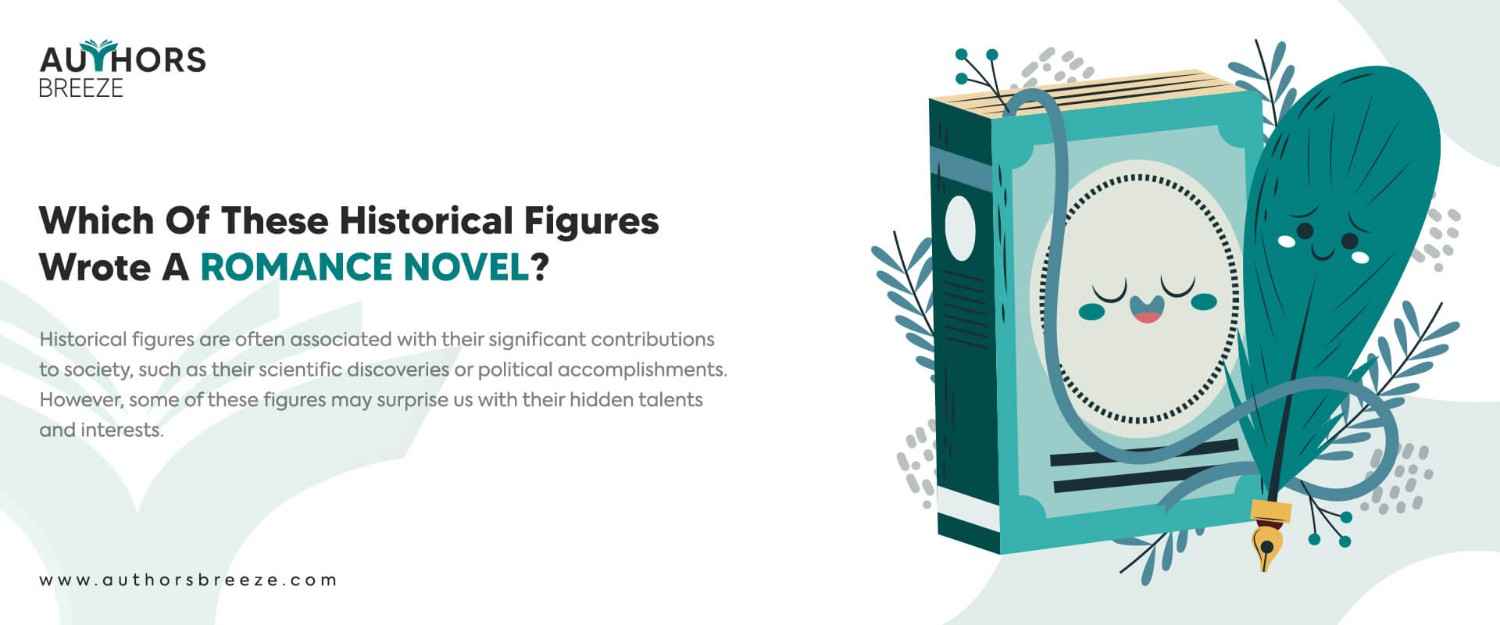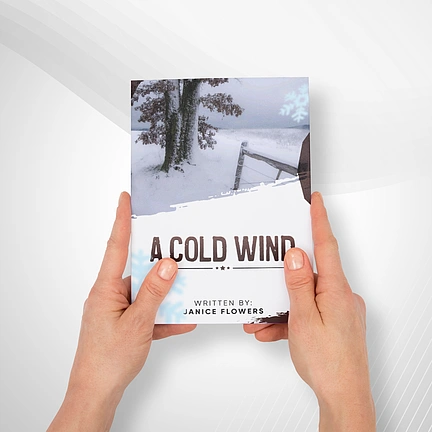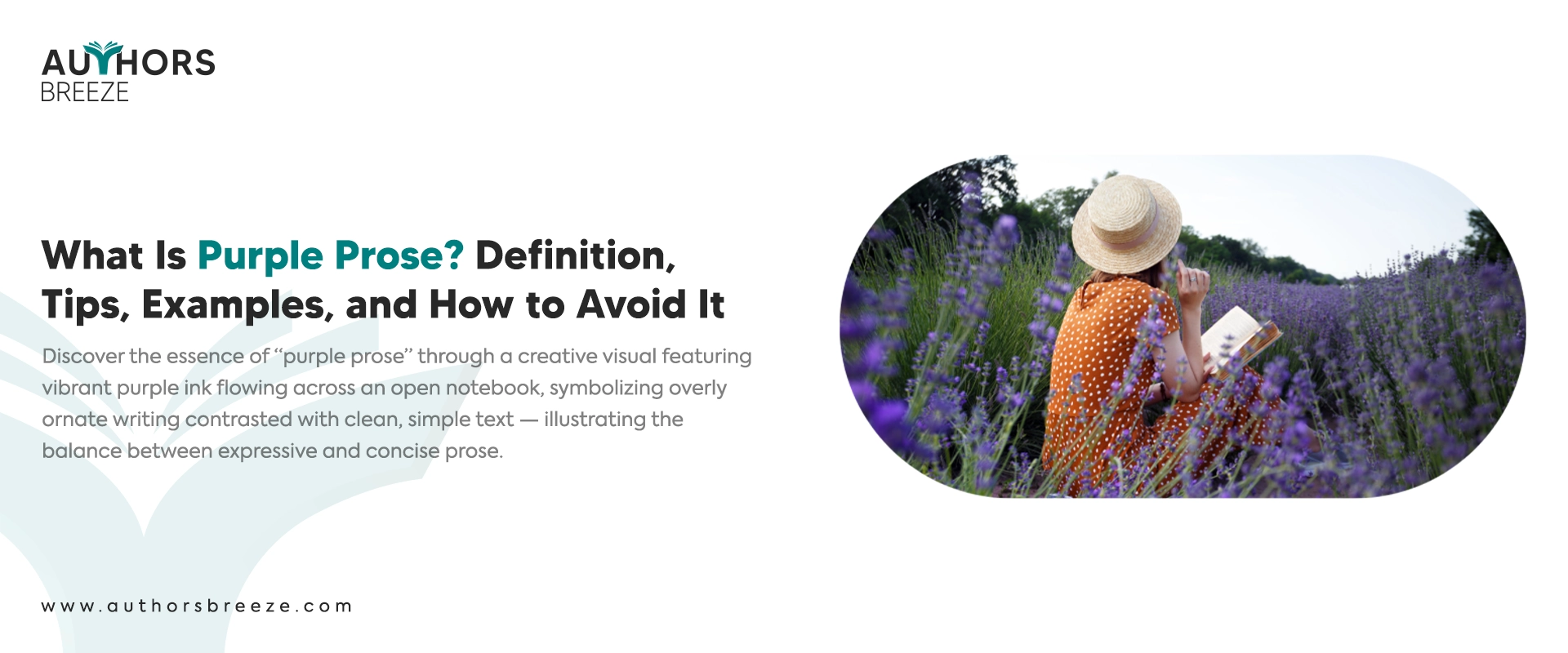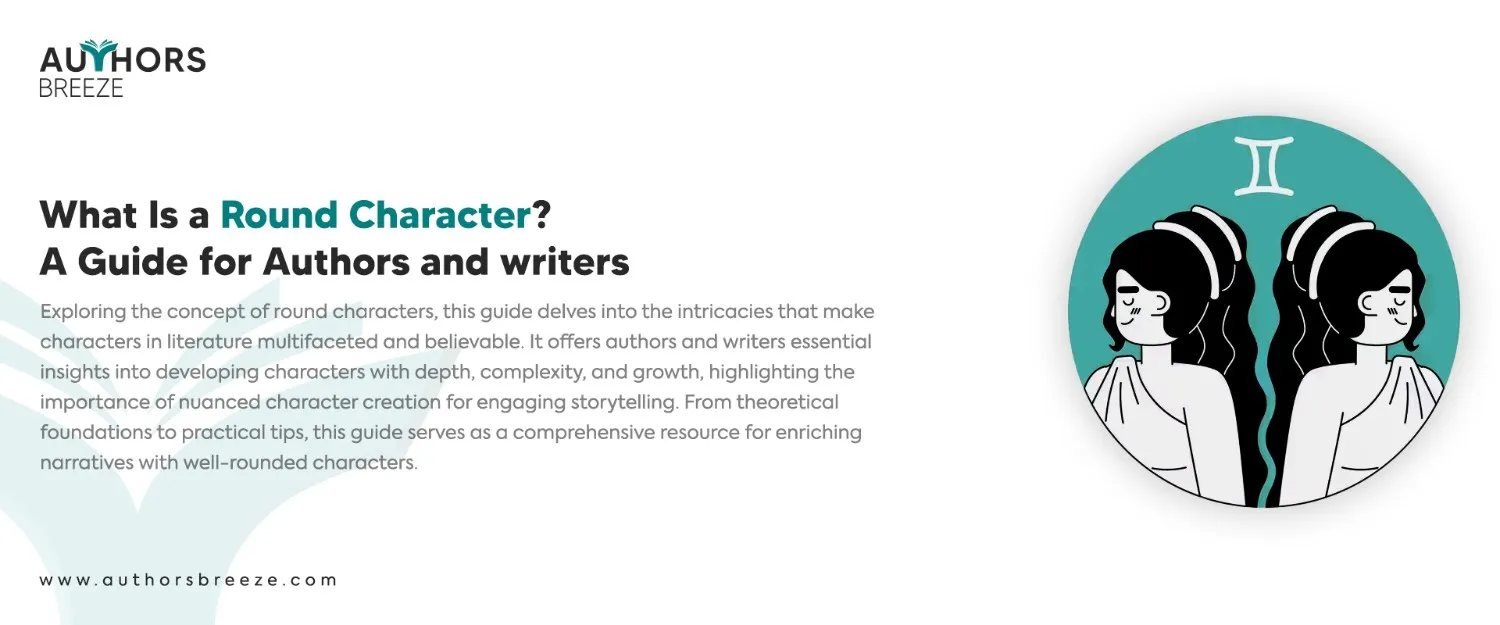Don’t Have Time to Read? Listen to this Article Instead!
Over the years, people have always loved writing, especially romance novels. It was more challenging for folks back then because publishing and sharing books wasn’t easy. Despite the obstacles of book advertising, some historical figures managed to publish and share their romance novels with the world. Today, we will talk about these fascinating people and how they made their way into the world of literature.
The historical figures who wrote romance novels remind us that love and passion have been a constant source of inspiration for writers throughout history. Their works continue to captivate and move readers to this day, proving that the power of love stories is genuinely timeless. So, come along and discover legends that wrote a stunning romance novel that still touches hearts to this day.
Love in Ink: Surprising Historical Figures Who Penned Passionate Romance Novels
The fact that the historical figures, who lived in vastly different time periods and cultural contexts, were drawn to the romance genre speaks to the universality and enduring appeal of love stories. Whether it was someone in medieval England or a Russian novelist in the 19th century, the human experience of love and desire remains a timeless and captivating subject.
Romance novels have been a popular form of literature for centuries, with readers being swept away by the tales of love and passion. However, did you know some of the most famous historical figures dabbled in this genre? Here are some of the surprising historical figures who wrote romance novels.
1- Napoleon Bonaparte
Best known for his ambitious campaigns and conquests that shaped Europe’s history, Napoleon Bonaparte is a French military and political leader. His life was full of challenges and controversies. However, his legacy continues to influence modern politics and military strategy. Moreover, His novel ‘Clisson et Eugénie’ showcases his romantic side, as he wrote a tragic love story about a young man named Clisson who fell in love with a beautiful and virtuous woman named Eugénie. Napoleon wrote the novel in 1795 before he became emperor. His own failed love affair likely inspired it with a woman named Desirée Clary.
2- Charlotte Bronte
Charlotte Bronte was a Victorian novelist whose works, such as “Jane Eyre,” explored themes of love, independence, and morality. Her writing was often critical of social norms and conventions. Moreover, her stories continue to inspire and empower readers today. However, she also wrote a romance novel called “The Professor.” It tells the tale of a young man named William Crimsworth who falls in love with a woman named Frances Henri, who is the daughter of a wealthy merchant. Before publishing “Jane Eyre,” she wrote this novel, but book publishers rejected it before publishing it posthumously.
3- Sir Walter Scott
Sir Walter Scott was a Scottish author and poet best known for his historical novels, such as “Ivanhoe” and “Rob Roy.” His works celebrated Scotland’s cultural heritage and folklore. His legacy continues to influence Scottish literature and culture. However, he also penned a romance novel, “St. Valentine’s Day.” It is a book that consists of short stories about love and romance published in 1828.
4- Benjamin Disraeli
Benjamin Disraeli was a British politician and novelist who served as the Prime Minister of the United Kingdom twice in the 19th century. His novels, such as “Coningsby” and “Sybil,” explored the political and social issues of his time. His political career was marked by his advocacy for social reform and imperial expansion. But he also wrote a romance novel called “Venetia.” The story is set in the 1830s and tells the tale of a young woman named Venetia who falls in love with a man named Lord Cadurcis. The novel was published in 1837 and was well-received by critics.
5- Louisa May Alcott
Louisa May Alcott was an American author whose most famous work, “Little Women,” is a beloved classic that has inspired generations of readers. Her writing often explored themes of family, love, and personal growth. Her legacy still inspires girls and women around the world. She also wrote a romance novel called “A Long Fatal Love Chase.” The story tells the narrative of a young woman named Rosamond Vivian who falls in love with a man named Philip Tempest. But when she discovers he is already married, she flees from him. She embarks on a dangerous journey to escape his pursuit. The novel was not successful at the time of its publishing in 1866.
6- Leo Tolstoy
Leo Tolstoy was a Russian author and philosopher who wrote epic novels, such as “War and Peace” and “Anna Karenina.” People consider them masterpieces of world literature. His works explored complex themes of love, spirituality, and the human condition. His legacy continues to influence literature, philosophy, and spirituality worldwide. Still, he also wrote a romance novel called “The Kreutzer Sonata.” It tells the story of a man named Pozdnyshev who becomes jealous and suspicious of his wife’s relationship with a musician. The novel explores the themes of love, jealousy, and morality, published in 1899.
People Also Ask
There are many questions people have when it comes to historical figures writing romance novels. Some of them are:
How did historical figures' personal lives influence their romance novels?
Historical figures' personal lives may have influenced the themes and characters in their romance novels. For example, Jane Austen's experiences growing up in a large family and her own romantic disappointments may have inspired some of the relationships in her novels.
Which historical figure wrote the most famous romance novel?
One of the most famous romance novels a historical figure wrote is "Jane Eyre," written by Charlotte Bronte in 1847.
Why did historical figures choose to write romance novels?
There are a variety of reasons why historical figures may have chosen to write romance novels. Some may have written them for entertainment or to make a living. In contrast, others may have used them to explore themes of love, relationships, and societal expectations.
How did historical romance novels differ from modern romance novels?
Historical romance novels often feature settings, language, and cultural norms that are different from those in modern romance novels. Authors may also give more importance to societal expectations and gender roles of the time period they wrote.
Conclusion
These historical figures are famous for their contributions to politics, literature, and other fields. However, their romantic and creative sides also shine through in their lesser-known works of romance literature. From Napoleon Bonaparte to Leo Tolstoy, each of these writers used their literary skills to explore the themes of love, passion, and tragedy.
Interestingly, even before their work got recognization, many of these writers had to overcome rejection and criticism. These examples serve as a reminder that even the most successful and accomplished writers faced challenges in their book writing journey.





